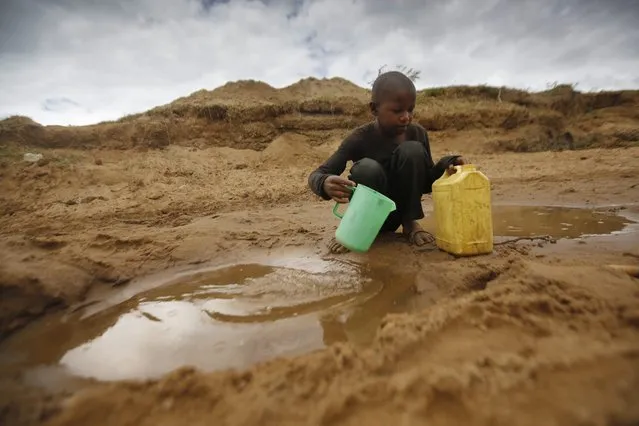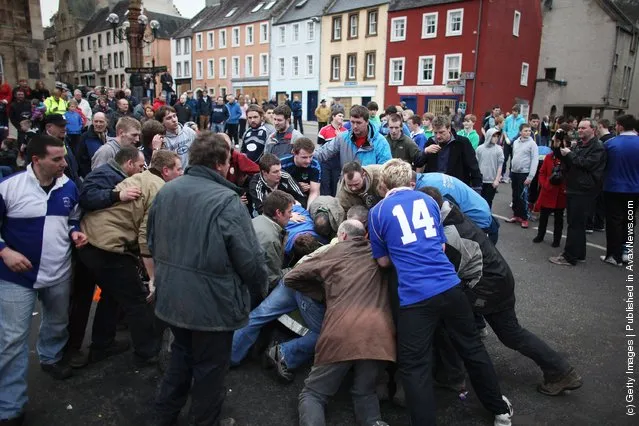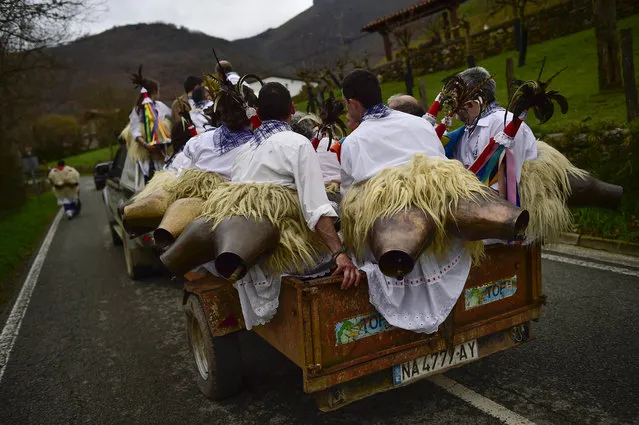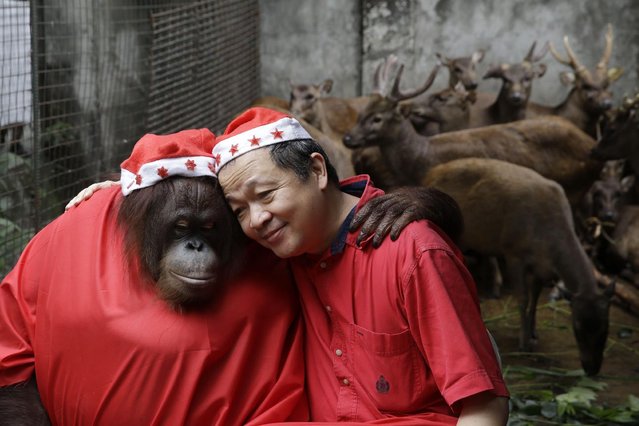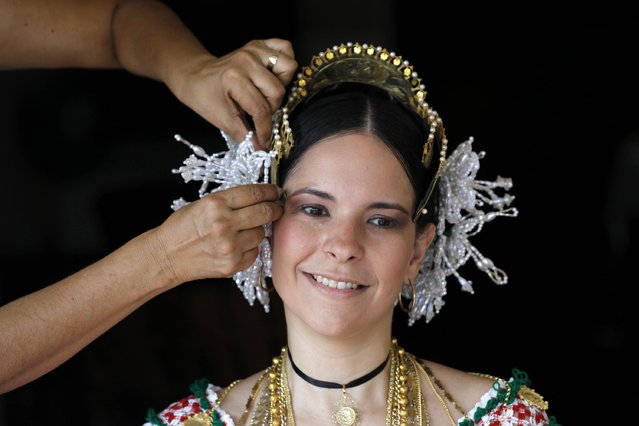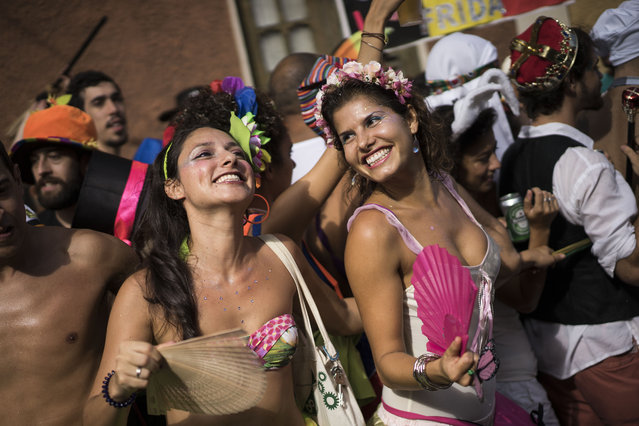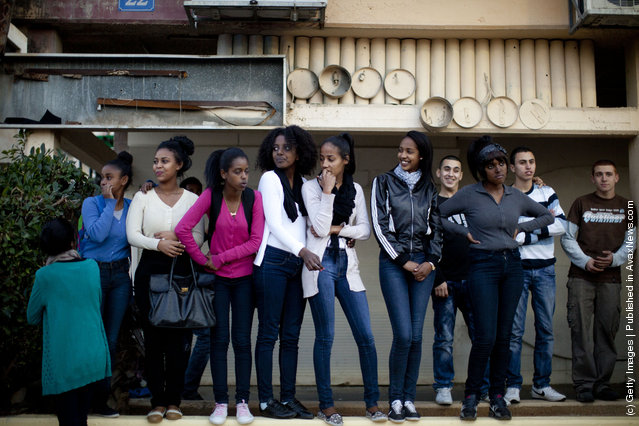
Israelis of Ethiopian origin take part in a rally against racism on January 10, 2012, in the southern Israeli town of Kiryat Malachi, Israel. Hundreds of demonstrators hit the streets of Kiryat Malachi, protesting what they call the discrimination of Ethiopian immigrants. According to Ethiopian residents of Kiryat Malachi, housing committees in the city have been refusing to sell them apartments. (Photo by Uriel Sinai/Getty Images)
11 Jan 2012 10:22:00,post received
0 comments

